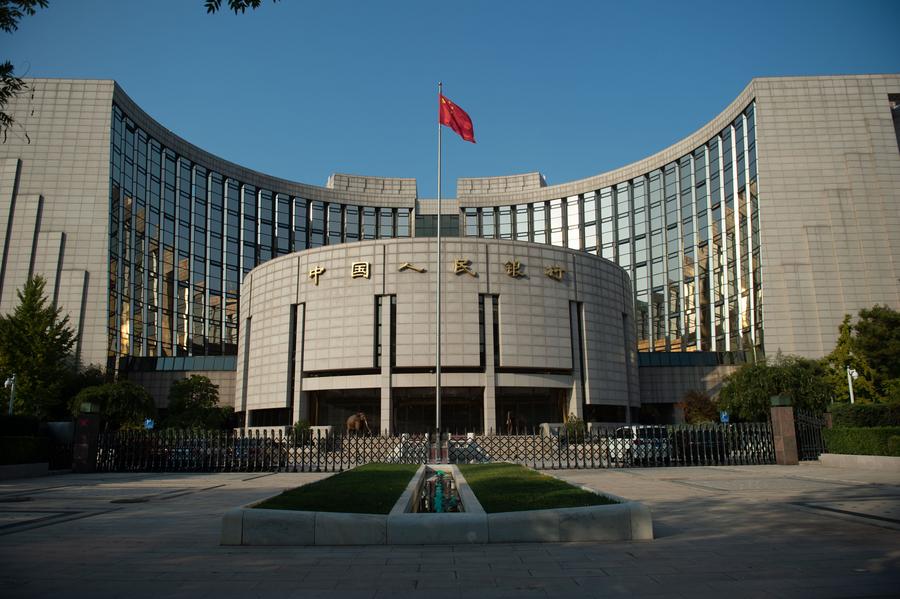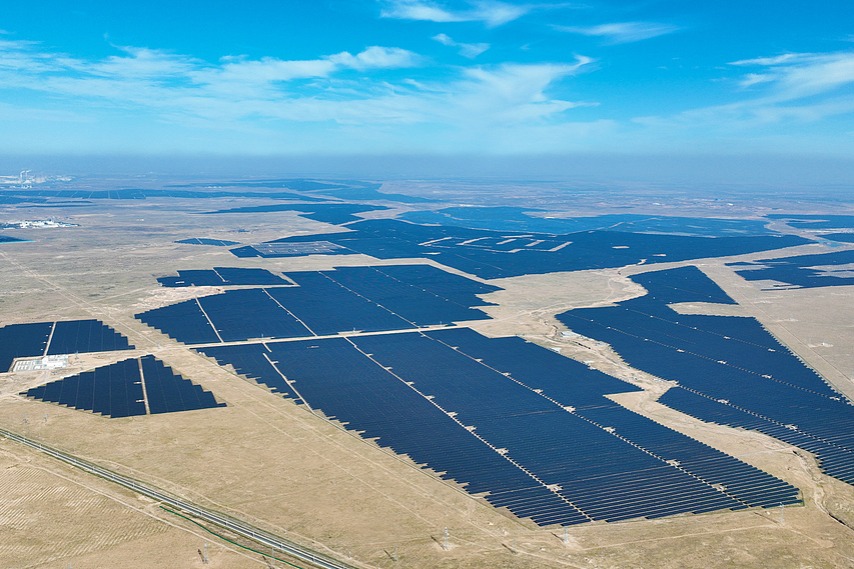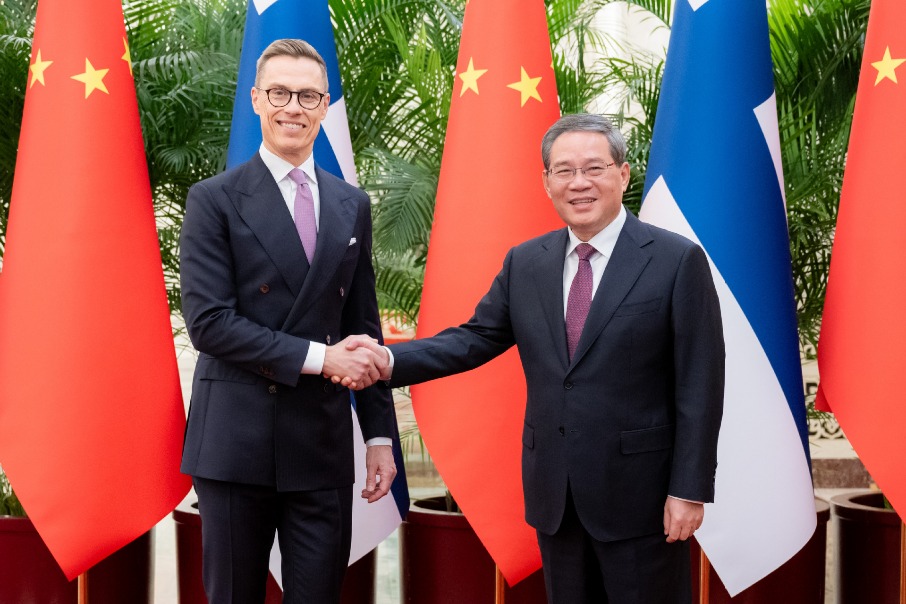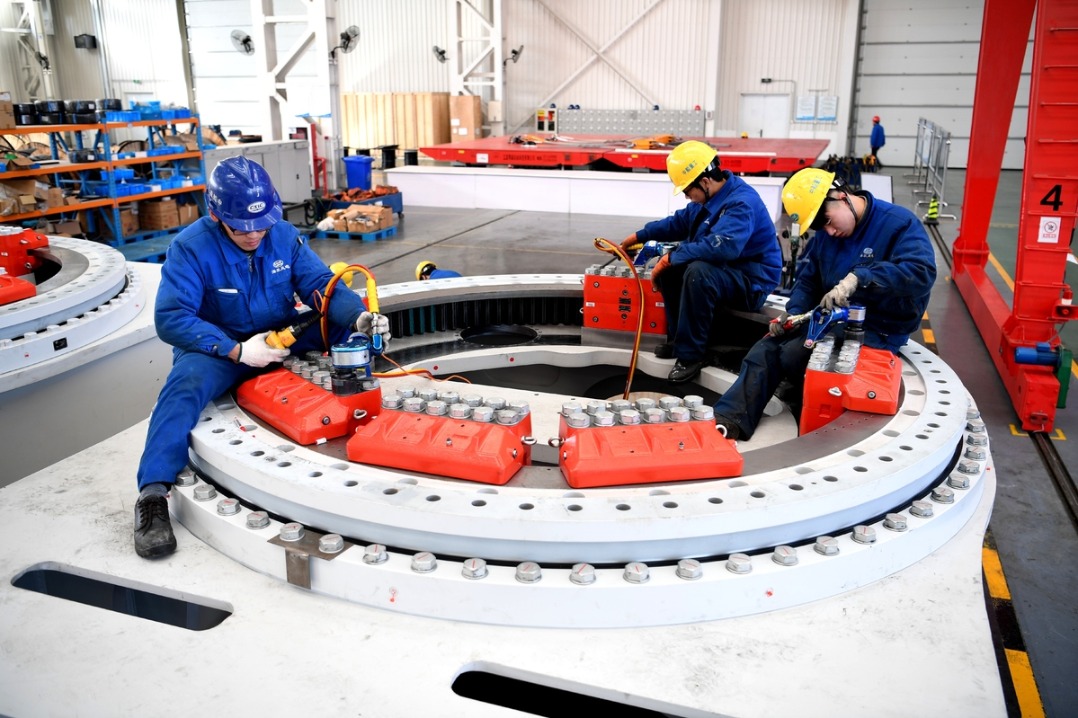PBOC?injects?$70b into system?via?new?outright?reverse?repos


The People's Bank of China, the country's central bank, conducted the first operations of a new reverse repo tool and injected 500 billion yuan ($70.3 billion) into the banking system in October, boosting its policy toolkit while promoting internationalized interbank bond market development.
Prior to the launch of a new tool, the PBOC typically uses pledged reverse repos to manage market liquidity, whereby the bonds used as collateral are frozen in the account of the commercial banks. By contrast, in the new tool called "outright reverse repo", the bonds used as collateral are transferred to the bond account of the central bank, giving it more policy flexibility by selling the bonds.
The outright reverse repo is different from bond purchase and selling operations, experts close to the central bank said, as the central bank's balance sheet adds claims rather than bond assets when conducting outright reverse repo operations.
The experts said the launch of outright reverse repos not only enriched the central bank's policy toolkit, but will also help promote the development of outright repo business in China's interbank bond market, which is common in international markets.
With a tenor of six months, the outright reverse repo operations last month will help maintain ample liquidity around the Spring Festival holiday and reflect the central bank's supportive stance by bringing October's net injection of medium and long-term liquidity to more than 600 billion yuan, they added.



































